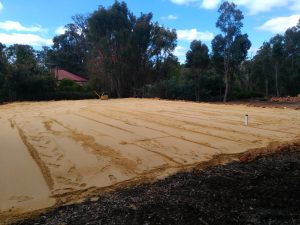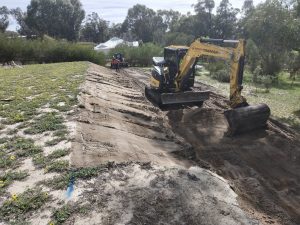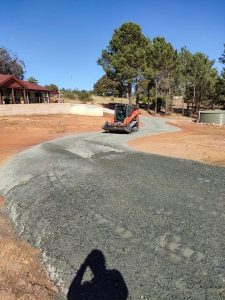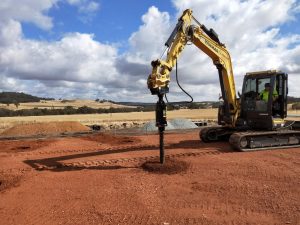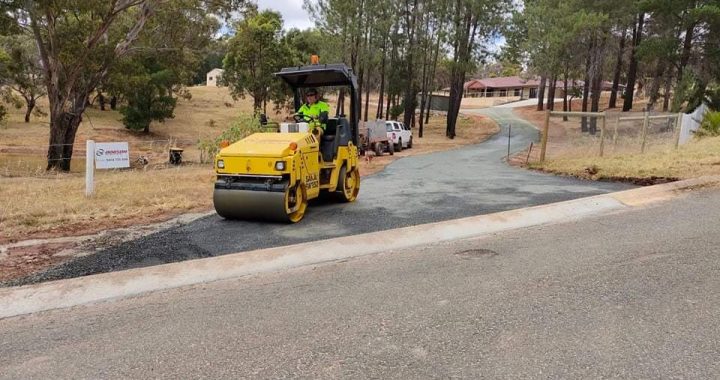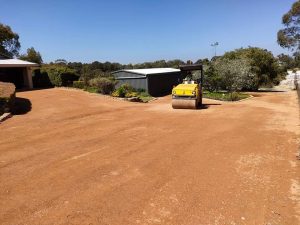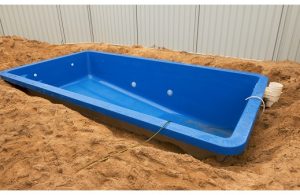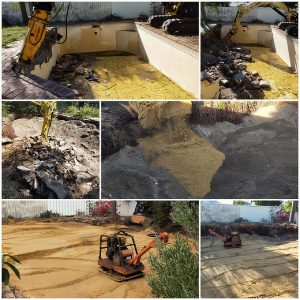If you are thinking of building your dream pool, you’ve probably thought about the best time to build it. While there is no wrong time to excavate a swimming pool, there are several factors that you need to consider when deciding the best time to plan and build your pool.
Each season has its advantages and disadvantages when it comes to pool construction. You need to weigh each option before making a final decision carefully. This article explores each option and concludes the best time of the year to excavate a pool.
Spring
Spring is one of the busiest months concerning pool construction. This is probably because most homeowners target the warm summer months to enjoy their pool.
On the downside, homeowners will not get to enjoy off-season sales. The reason for this is that suppliers and pool builders have great demand. Also, the high heat and humidity can delay the entire process.
Summer
An advantage of digging your pool during summer is that the ground is dry, making it easier for contractors to get the job done with ease. Like spring, summer is also a busy season for suppliers and pool builders as they complete projects that begin during the spring months.
If you still want to build during these months, consider scheduling the excavation process at the end of the season when it’s not that busy. However, this means that you will only get to enjoy your pool in the warm summer months.
Autumn
The most preferred time for excavating a pool is during Autumn, but before the rain starts. This is because months in the Autumn season have steady weather, making the pool installation process easy and less overwhelming. With the perfect temperature in fall, the contractors are capable of starting the project and completing it even quicker.
Furthermore, prices for pool excavation are cost-effective in Autumn months compared to those in summer or spring. Autumn months offer seasonal sales of the low cost of materials, shipping, transportation, and easier workdays. It is also easier to start and complete the project in the Autumn. The other benefit of excavating your swimming pool in the Autumn is that you will get to plant trees and vegetation for your backyard. You can plant and grow the plants before winter hits. This means that you will have a luxurious backyard by the time your pool is ready for use. Your swimming pool will probably be ready to use by summer when you start work in the fall or winter months.
Winter months
Besides fall, winter can also be a good time to excavate your pool. This is especially true if you have a low budget. Winter months also offer seasonal sales where prices of building materials are on the lower side. Besides, it is also a good time to negotiate the best deals with pool builders.
However, a downside of the winter months is the cold weather. It can be difficult and risky to dig a pool with frequent …

